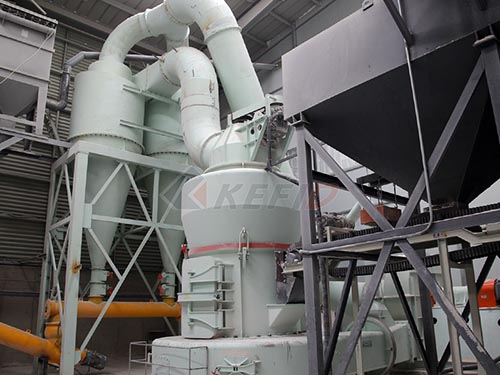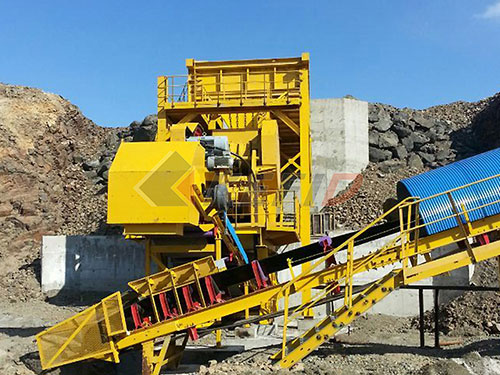Deciphering the Powerhouse: Jaw Crusher Designs & Mastering Oversize Calculations
The jaw crusher stands as an indomitable cornerstone within the mineral processing and aggregate industries. Its fundamental principle – applying compressive force via two rigid jaws to fracture rock – has endured for over a century due to its inherent simplicity, robustness, and effectiveness in primary reduction applications. Yet, beneath this apparent simplicity lies a sophisticated interplay of engineering design choices and precise operational calculations critical to achieving optimal performance and product quality. Understanding both the evolution of jaw crusher designs and the intricacies of oversize calculation is paramount for engineers, operators, and plant managers aiming to maximize efficiency and profitability.
The Anatomy of Force: Core Design Philosophies
While all jaw crushers share the basic concept of a fixed jaw and a moving jaw converging to crush material trapped between them, distinct design philosophies have emerged:

1. Blake Crusher (Double Toggle): The archetype.
Mechanism: Features an eccentric shaft positioned above the crushing chamber driving a pitman connected via two toggle plates – one at its base near the eccentric and another at its top connecting to the moving jaw.
Kinematics: The moving jaw pivots around a stationary point near its top during crushing motion.
Force Application: Primarily generates compressive force near the bottom of the crushing chamber where stroke is greatest.
Advantages: Historically renowned for superior strength in handling extremely hard or tough feed materials due to lower stresses on components compared to single toggle designs (historically). Offers excellent nip angle characteristics throughout the stroke.
Disadvantages: More complex design with more wearing parts (two toggle seats/plates). Heavier construction for comparable capacity can lead to higher initial cost.
2. Overhead Eccentric Crusher (Single Toggle): The dominant modern design.
Mechanism: Features an eccentric shaft positioned above the crushing chamber integrated directly into the moving jaw assembly. A single toggle plate connects the bottom of the moving jaw back to a fixed point on the frame/cross beam.
Kinematics: The entire moving jaw moves in an elliptical path due to both rotational motion from the eccentric shaft and translational motion constrained by the toggle plate at its base.

Force Application: Delivers both compressive force and significant attrition/shear forces throughout the crushing chamber due to its elliptical motion profile.
Advantages: Simpler

Leave a Reply